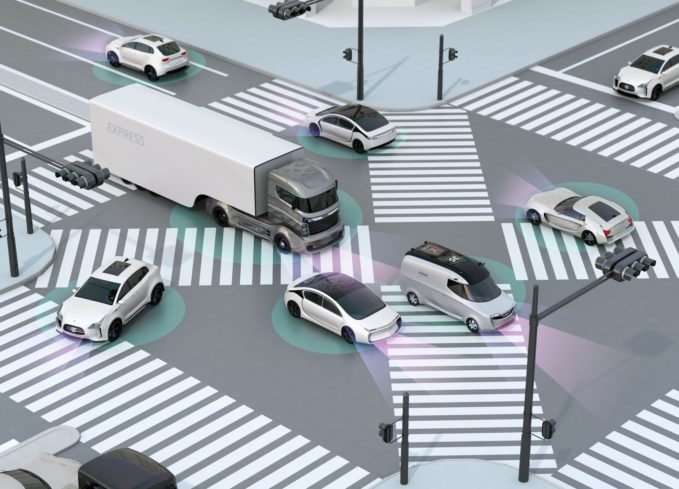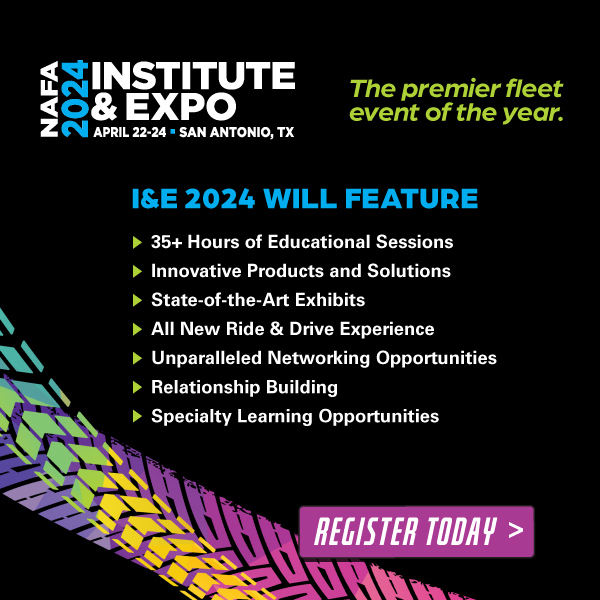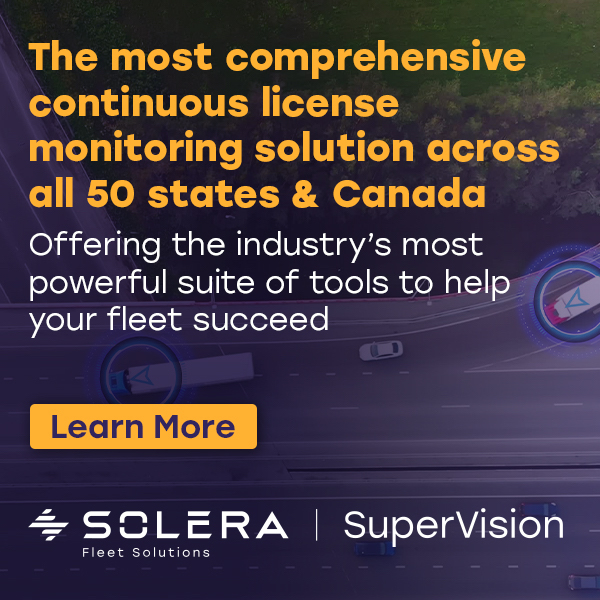
By Mark Boada, Executive Editor
Remember all the hype a few years ago about how incredibly close we were to having autonomous vehicles (AVs) on the road that would make us virtually incapable of crashing? Some predicted the miracle would arrive fully fledged as early as this year, or 2021, maybe 2022. But it was going to be real and be a great advance in highway safety, starting us off onto the road of zero accidents (along, of course, with zero emissions and zero ownership).
Well, we’re halfway into 2020 and the vision remains, at best, in prototype testing, with assorted weaknesses, glitches, mishaps and bugs. So, instead of first-stage Utopia, now we’re in the valley of disappointment and lowered expectations, as OEMs and the self-driving technology community have admitted that fulfillment of the dream is far off into the future, if it ever gets here at all. By 2030? 2035? 2050? One or the other prognosticator has offered each one of these target dates.
That, of course, is not to say that money is going to stop flowing into the effort to create fully self-driving vehicles. On the contrary, the vision and the desire to be the eventual market leader is more likely to increase the flow of billions of dollars into the effort, albeit for more years than anybody anticipated before.
Reduced investment in AV tech?
That is, until the COVID-19 pandemic and the recession it has caused – perhaps the worst, some say, in 100 years, which means even worse than the Great Depression. That has led some in the blogosphere to suggest that, faced with the vanishing of their profits and severely reduced cash flow, AV development is going to be sharply curtailed, or even postponed.
Will that only be limited to the automakers, and not the other high-tech giants like Google and Apple anxious to invade and take over yet another industry in which they have limited experience? Maybe they’ll be similarly induced to cut back their AV investing, at least for the time being. But nobody knows how long that time-being, the period of time before the global and US economy, will last.
So, now, in all likelihood, the AV dream is going to take even longer yet to be realized. And that, of course, means we’re doomed to keep having all those accidents and some 30,000 to 40,000 highway fatalities for many years to come, right?
I say no, not if we take full advantage of the crash-prevention technologies already available, and there is a bundle of them. Why not get them into every vehicle on the road as soon as possible? It might take some help from the federal government, but wouldn’t preventing all those deaths, hundreds of thousands of injuries, and all those collision totals and repair dollars being spent be worth it?
Here’s a snapshot of the four advanced crash-avoiding technologies already available or to become available this year:
Breathalyzer ignition interlock. According to the U.S. National Highway Traffic Safety Administration, in 2018 drunk driving accounted for more than 10,000 highway deaths, or 29 percent of all traffic fatalities in that year. Could they all have been avoided if no drunk could even start their vehicle? It’s hard to imagine otherwise, and the technology to do it already exists.
Just like a cop-administered breath test, with an ignition interlock system you blow into a device from behind the wheel and if you’re legally drunk, you can’t start the engine. The current cost is around $1,800 per unit, about the same as some other advanced driver assist systems (ADAS) available and on option on many new vehicles. But this is an aftermarket price and is only in vehicles of those who have been ordered by a court to install one, and then in place only temporarily. If installed by OEMs in all vehicles, the price would almost certainly be lower.
Yes, having to use this system would inconvenience millions of people who aren’t chronically drunk. But let’s be honest – haven’t most of us at one time or another been too tipsy to drive and never crashed? We should all consider ourselves lucky. I’d gladly pay more for a vehicle and endure the effort to comply with this device for reliable protection against drunk drivers.
Forward crash avoidance with automatic braking. Read-end collisions are the most common type of crash and account for around a third of all highway accidents. Beyond merely warning a driver he or she is about to hit the vehicle in front of it, this ADAS system automatically applies the brakes if the driver doesn’t respond in time.
Studies show that the systems reduce rear-end collisions by 43 percent and associated injuries by 64 percent. Fortunately, they’re expected to become standard equipment on all new light vehicles sold in the U.S. by 2022. Currently, as an option, when available, between $1,000 to $2,000 is added to the cost of a new vehicle and as much as double that or more for heavy-duty trucks.
Cell-phone blocking. According to some, distraction is one of the leading causes, if not the most common cause of highway collisions, and the use of cell phones, to talk or text, is a major contributor. But there are a number of systems on the market today that enable fleets to block the use of a fleet driver’s cell phone while a car is moving. Prices start around $100 to $200 per year per vehicle. Considering a single accident costs fleets, on average, around $24,000 and one with a fatality an average of around $650,000, the systems appear to more than pay for themselves.
Distracted driving detection with driver warning. Studies show that virtually 100 percent of us drive distracted at some point or another, and it’s not just from using a cell phone. Other responsible behaviors include drowsiness, looking at the passing scenery, fiddling with dashboard controls, grooming, eating, and map-reading, among others. The only problem with cell phone blocking technology, though, is that it can’t do anything about these types of distraction.
That’s why Nauto’s In-Vehicle Alert with Collision Avoidance technology ought to be in everybody’s vehicle, too. The system includes cameras that look forward at traffic and back at the driver and uses Artificial Intelligence to warn the driver when he or she isn’t watching the road and can provide an alert when a crash is imminent seconds before any other ADAS system on the market, the company claims.
Among drivers of all types of vehicles, Nauto says the technology alone has been responsible for a reduction among all kinds of drivers of 40 percent or more in the frequency and duration of distractions and nearly a 50 percent reduction in the distance traveled during distracted driving events. Better yet, it says its system reduced distraction by a remarkable 65 percent among service vehicle drivers.
According to Nauto’s research, national statistics on the connection between distracted driving and fatalities dramatically understate the facts. Based on police reports, NHTSA estimated that in 2016, 3,450 traffic fatalities were linked to distraction, less than 10 percent of all highway deaths that year. But an eight-month study Nauto conducted in 2010 found that distracted driving is a factor in 71 percent of all fatalities, which means an effective distraction-suppressing technology could save more than 25,000 lives a year.
Nauto says its system is available for less than $500 per vehicle per year and, by avoiding collisions, pays for itself within six months.
How effective will AVs really be?
Now, weigh what these technologies can accomplish today and their costs against the eventual promise of full vehicle autonomy. Earlier this month, a study by Insurance Institute for Highway safety noted that when we finally get fully self-driving vehicles that can identify hazards better than humans can, they still might be incapable of preventing two-thirds of all crashes – even if all vehicle sensors are working perfectly.
This may be overstating the case. The study’s authors say AVs’ effectiveness will depend on how much programmers write code that more strictly emphasizes occupant safety than speed and convenience. One very difficult challenge they may not be able to overcome entirely is accurately predicting how other drivers and pedestrians will behave and react.
My proverbial bottom line to all of this is simple: zero crashes from roadways filled with completely self-driving vehicles is a grand and hopeful vision that may not come for a very long time or disappoint when it does. So, instead of banking all of our dollars on that vision, let’s press OEMs and the federal government to speed up the installation of the four crash-avoidance technologies that we know work today on all vehicles.



